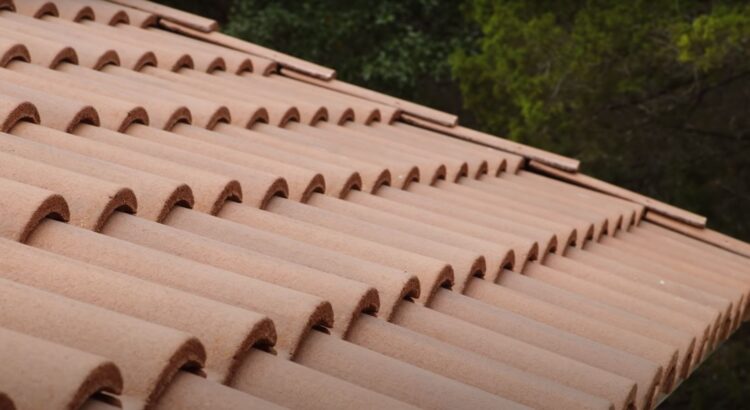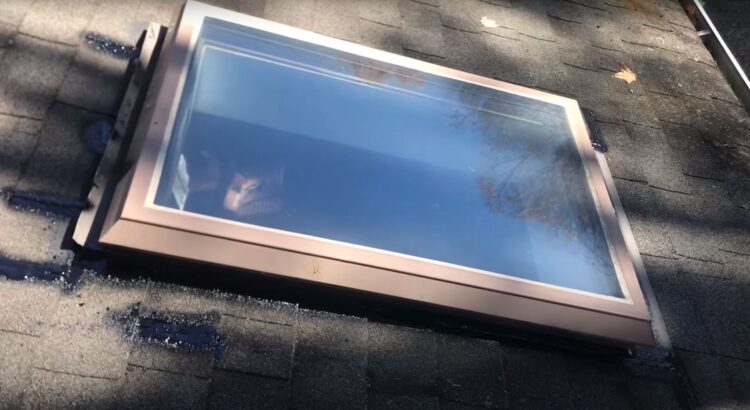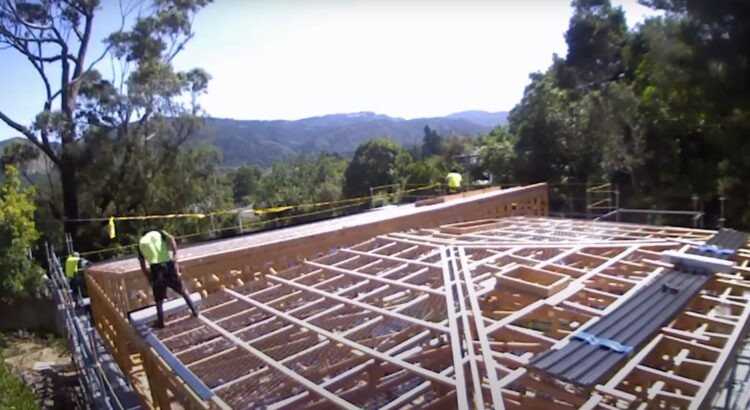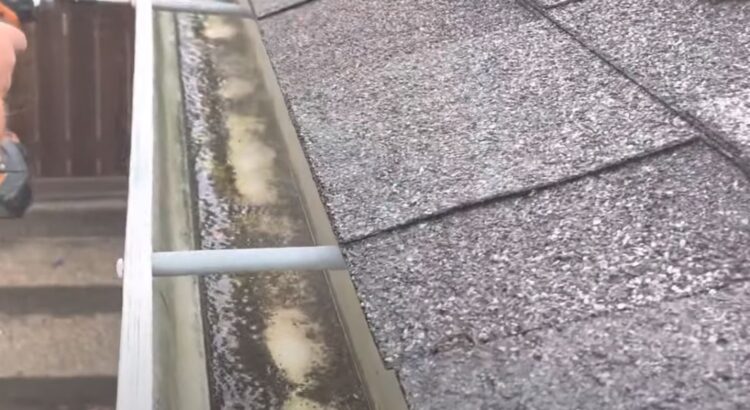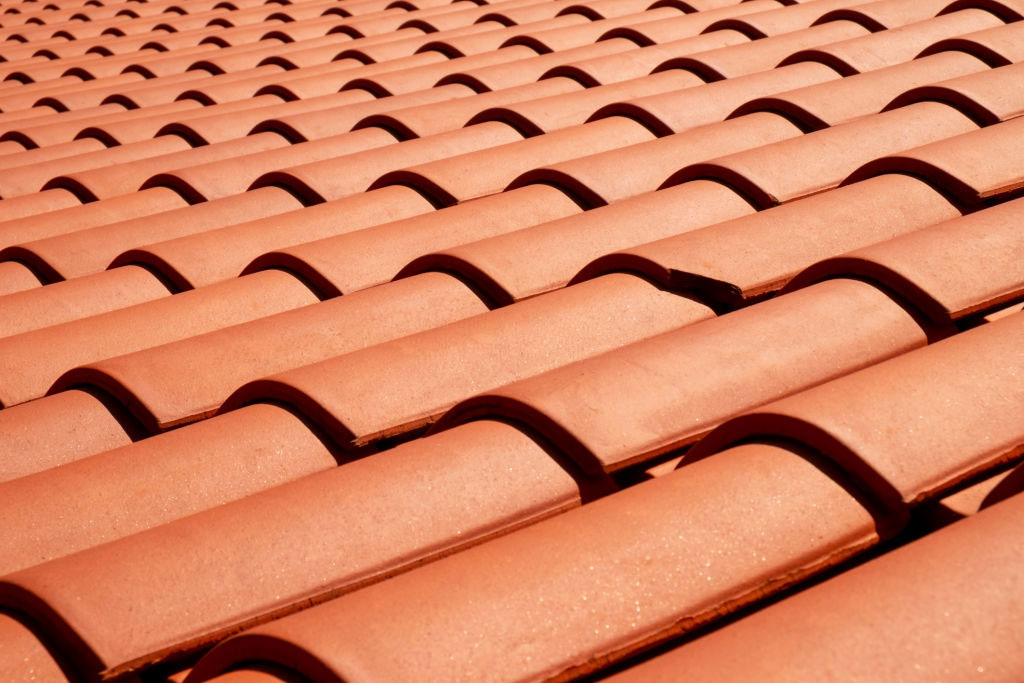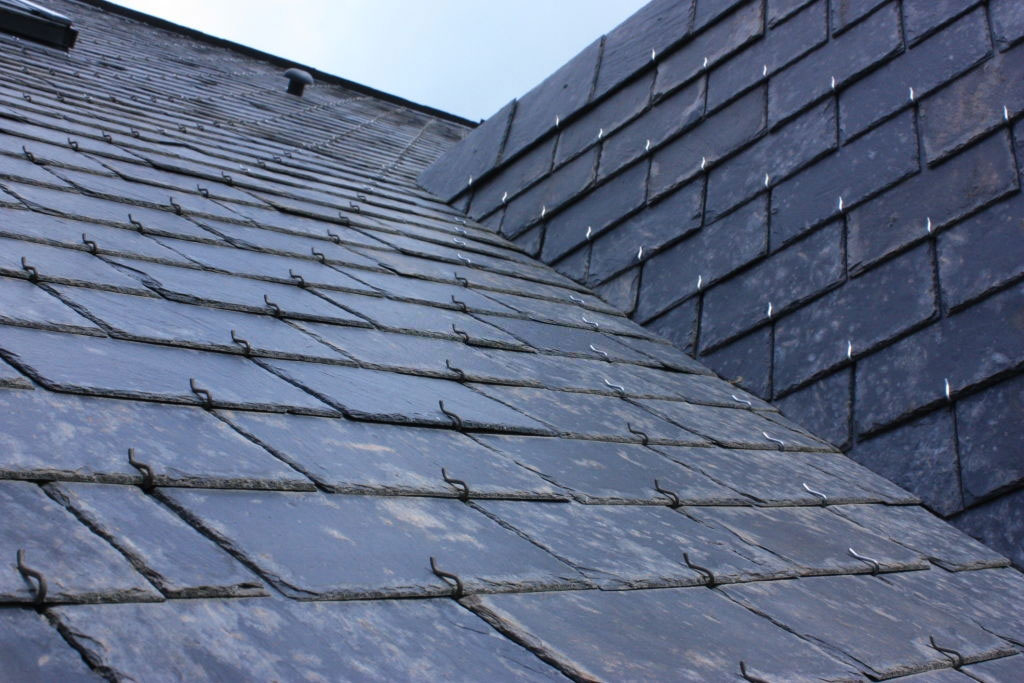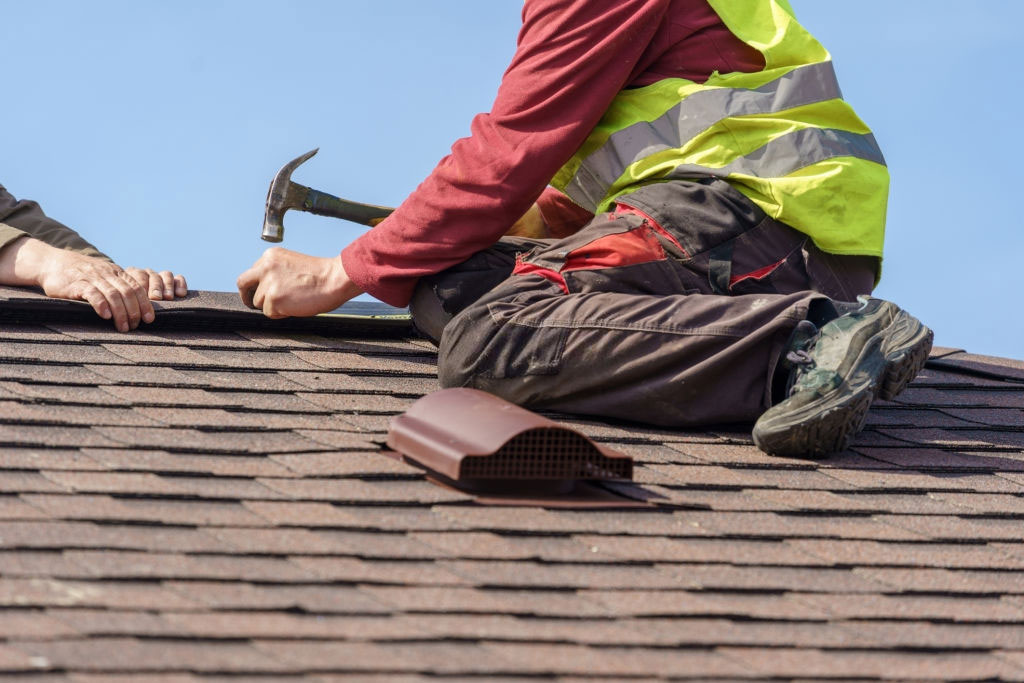Concrete Roof Tiles: Factors Leading to Premature Wear
Understanding Concrete Roof Tiles
Concrete roof tiles, increasingly popular in Auckland’s diverse suburbs, offer both aesthetics and durability. Made from a mix of sand, cement, and water, they’re known for longevity. However, several factors can cause premature wear.
Environmental Impact on Concrete Roof Tiles
Concrete, while robust, isn’t entirely immune to Auckland’s unique climatic conditions.
- Weathering: Regular exposure to Auckland’s rain, especially in regions like East Auckland and North Shore, can gradually erode the tile surface. Additionally, the freeze-thaw cycle can lead to cracking.
- Salt Exposure: Coastal areas, such as North Shore, expose roof tiles to salt-laden air, accelerating corrosion.
Installation and Maintenance Challenges
Improper practices can be detrimental.
- Incorrect Installation: An improperly laid tile roof, particularly in areas with stringent regulations like Hobsonville, can be a gateway to leaks and further damages.
- Lack of Maintenance: Routine cleaning and maintenance are essential. Moss, lichen, and debris accumulation can trap moisture, leading to rot beneath the tiles.
The Cost of Choosing and Maintaining Concrete Tiles
While cost-effective initially, overlooking maintenance can escalate future expenses.
- Initial Costs: Depending on style and quality, concrete roof tiles can range from NZD $60 to NZD $90 per square meter.
- Maintenance Costs: Expect around NZD $150 to NZD $250 annually for cleaning and minor repairs.
Auckland’s Regulatory Landscape and Its Impact
Council bylaws can influence tile choices and roof installation procedures.
- Hobsonville’s Codes: Specific to weight and durability, these codes ensure roofs can withstand strong winds and heavy rain.
- East Auckland Regulations: With its unique climatic challenges, East Auckland mandates specific water runoff and drainage capabilities in roof tiles.
Sustainable Considerations
Eco-conscious Aucklanders should note:
- Recyclability: Concrete tiles are largely recyclable, reducing landfill waste.
- Thermal Properties: These tiles have decent insulation properties, potentially reducing energy costs.
Health and Safety Considerations in Auckland
While concrete roof tiles are durable, certain safety protocols should be followed during installation:
- Weight Management: Concrete tiles are heavy. Ensuring the roof structure can bear the weight is crucial.
- Slip Hazards: Given Auckland’s frequent rains, wet tiles can be slippery, demanding secure foothold measures during installations and inspections.
Choosing the Right Roof Tile Variant
Diverse options abound for discerning Aucklanders.
- Flat Profile Tiles: Modern and sleek, these are priced around NZD $70 per square meter.
- Low Roll Tiles: With a subtle curve, they come in at about NZD $80 per square meter.
- High Profile Tiles: These traditional “S” shaped tiles can cost upwards of NZD $90 per square meter.
Summary Table of Costs Breakdown
| Roof Tile Variant | Approx. Cost (NZD/sqm) | Pros | Cons |
| Flat Profile | NZD $70 | Modern Look | Less Drainage Efficiency |
| Low Roll | NZD $80 | Aesthetic Curve | Slightly Higher Cost |
| High Profile | NZD $90+ | Excellent Drainage | Higher Cost |
In Closing
While concrete roof tiles are a durable and aesthetic option for Auckland homes, understanding the factors leading to their premature wear is crucial. Proper installation, regular maintenance, and adherence to Auckland’s specific bylaws can ensure your roof remains in prime condition for years.
Concrete Roof Tiles Maintenance Frequently Asked Questions:
How often should I inspect my concrete roof tiles?
Annual inspections are recommended, but after severe weather events, an immediate check is advisable.
What is the primary reason for maintaining concrete roof tiles?
Regular maintenance prevents moisture penetration, ensures longevity, and retains the tile’s aesthetic appeal.
How do I clean concrete roof tiles?
Use a low-pressure water spray and mild detergent. Avoid high-pressure washers as they can damage the tiles.
Is moss and lichen harmful to my tiles?
Yes, they can trap moisture, leading to rot underneath the tiles and reducing their lifespan.
Can I walk on my concrete roof tiles during maintenance?
While concrete tiles are durable, walking on them can cause breakage. Always step on the lower third of the tile, and use a roof ladder or walkway if possible.
Are cracked tiles a common issue?
Cracks can occur due to various reasons, such as physical impact or weather changes. Replace cracked tiles promptly to prevent water ingress.
How do I replace a broken tile?
Lift the tiles above the broken one, remove it, and then slide in a new tile. Ensure it sits securely.
Can I paint my concrete roof tiles?
Yes, but use paints specifically designed for roof tiles. Regularly repainting can also act as an additional protective layer.
Is sealing concrete tiles recommended?
Sealing can offer added protection against moisture and staining but consult with roofing professionals before applying any sealants.
How does weather affect the maintenance frequency?
In areas with frequent rains, like Auckland, regular checks for moss, lichen, and debris are essential. Sun exposure can also fade the tile’s colour over time.
Do concrete tiles become porous with age?
Over time, tiles can lose their protective layer and become more porous, making regular maintenance vital.
How do I address efflorescence on my tiles?
Efflorescence, a white powdery residue, can be washed off. It usually decreases over time as the tile ages.
Should guttering be checked during tile maintenance?
Absolutely, ensuring gutters are free from blockages prevents water from spilling back onto the tiles, causing potential damage.
How can I maintain the colour of my tiles?
Regular cleaning, sealing, and occasional repainting can help in retaining the original tile colour.
Does frost affect concrete roof tiles?
Yes, the freeze-thaw cycle can lead to tile cracking, especially if they have become porous.
Are there any specific maintenance tips for coastal homes?
For homes near the coast, regularly checking for salt deposits and cleaning them can help in prolonging tile life.
How long do concrete roof tiles last with proper maintenance?
With diligent maintenance, concrete roof tiles can last 50 years or more.
What’s the cost implication of neglecting tile maintenance?
Neglect can lead to frequent tile replacements, structural damage, and increased costs in the long run.
Is professional maintenance service advisable?
While homeowners can handle basic maintenance, hiring professionals ensures thorough checks and addresses potential issues early on.
Are there eco-friendly cleaning agents for tiles?
Yes, several eco-friendly products are designed specifically for roof tiles, offering effective cleaning without harming the environment.
